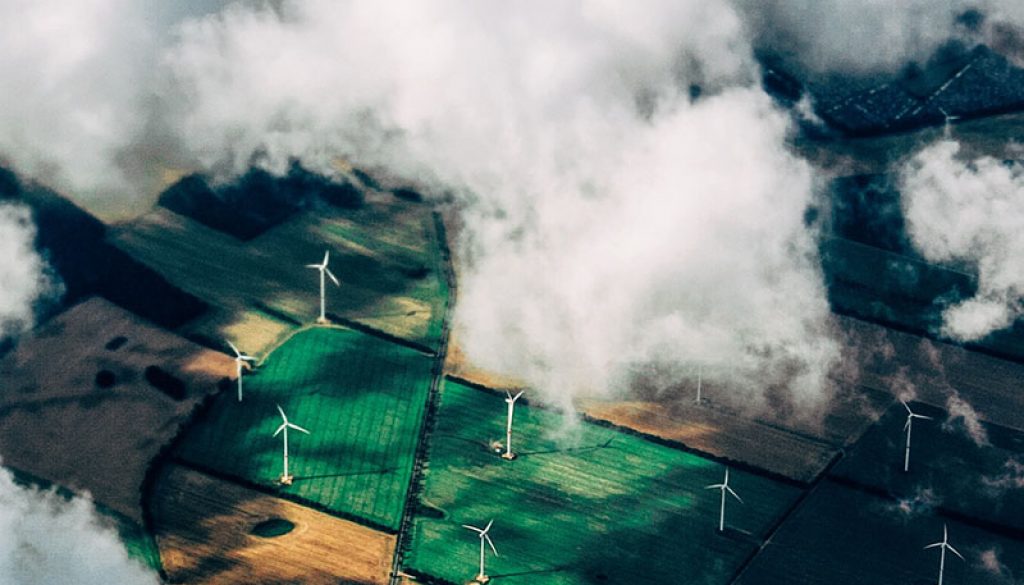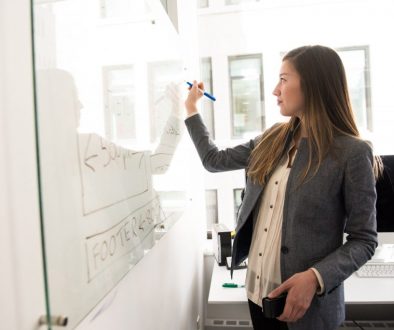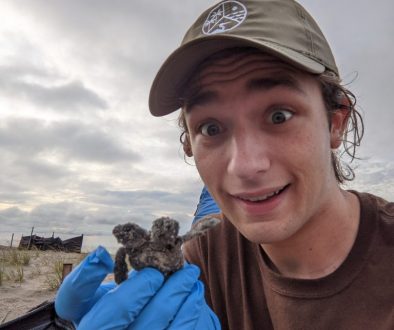What You Need To Know: Climate Change
Did you know?
1/3 of natural resources have been consumed.
80% of the forests around the world are gone.
75% of global fisheries are now being fished at or beyond capacity.
By 2050 there will be more plastic than fish in the ocean, that’s if we even have fish left to harvest by then depending on our continuation of overfishing.
40% of waterways have become undrinkable.
Here in the US we have 5% of the world’s population but use 30% of the world’s resources and create 30% of the world’s waste. If everyone was consuming at our rates here in the US we would need 3-5 planets, yet we only have 1.
Each of us in the US makes 4 ½ pounds of garbage each day, that’s double the amount we made 30 years ago.
All of this garbage, or stuff that we buy, either gets dumped in a landfill, which is just a big hole in the ground, or it gets burned in an incinerator and then dumped in a landfill. Either way, both pollute the air, land, water and change the climate.
250 years ago, the industrial era began and since then temperatures, tides, and carbon dioxide levels have been rising. This is mostly from the increased burning of fossil fuels. First coal and then oil and natural gas. The burning releases carbon dioxide, a greenhouse gas into the atmosphere. Greenhouse gases make up 3% of the gases in the earth’s atmosphere and help warm the planet. Emissions from fossil fuel burning have raised carbon dioxide concentrations 35% higher than in the past millions of years. Its increase is an unintended consequence of the improved standard of living brought about by fossil fuel burning. Dry regions are becoming drier and wet ones wetter. Wildfires have increased threefold, hurricanes more violent floods setting record heights, glaciers melting, and seas rising. Parts of Earth are increasingly uninhabitable.
At present, our Arctic is half melted. Sea levels are presently rising at the rate of one foot per century, this is 4 times faster than in 1900. The rate of sea level rise is increasing as reflecting snow is replaced by sunlight-absorbing water and land. The sea level rise is from the melting of Greenland, Antarctica, mountain glaciers, and thermal expansion of the oceans.
Atmospheric carbon dioxide is absorbed by our oceans. It then becomes carbonic acid. Our ocean is now 30% more acidic than before the beginning of the industrial era. The oceans present rate of acid increase is a hundred times faster than in the last twenty million years. The acidification will more than double in the next forty years. At this rate of increase, it is unlikely sea life will be able to adapt. The acidification is dissolving carbonate shells of sea creatures like oysters and clams and oyster farms are having to use chemicals to reduce the acidity so that the oysters can form their shells. Phytoplankton, who are at the bottom of the food chain, also have a carbonate shell and if the plankton population dies off, the whole ocean food chain will likely also collapse.
Since 1980, weather extremes have more than doubled. The California drought from 2011 to 2017 is the longest one on record. Wet areas are becoming wetter from the fact that the atmosphere holds more moisture at higher temperatures. When it does rain, there is more of it. Hundred‐year‐floods are happening more frequently. The rainfall from the 2017 hurricane Harvey set a record of fifty‐two inches in Houston, Texas, for the most rain in a single storm in the United States.
There has also been a huge increase is forest fires. In May 2016, an out‐of‐control wildfire forced the evacuation of 80,000 people from Fort McMurray, Alberta, Canada. This is the center of the tar sands oil region, which requires heat from fossil fuel burning to melt the oil tar, so it can flow for processing and refining. This is the most carbon‐dioxide emitting type of oil. Could the forest fire be “environmental justice” in the sense that the tar sands emissions are increasing global warming? Could Nature be “crying out?”
Also, from personal experience the fires burning all around the North West this summer made Seattle have the worst air quality in the world out of all the cities. Going outside for just one hour and breathing was equivalent to smoking 9 cigarettes.
Over the centuries, humans have tried to change the weather. People have prayed, danced and used other strategies to get more rain, to stop the rain, to decrease heat and to warm things up a bit. But rarely have we deliberately tried to change the climate. Climate is the average weather conditions over an extended period of time. Whereas weather refers to day-to-day temperature and precipitation activity; the degree to which it is hot or cold, wet or dry, calm or stormy, or clear or cloudy. But we have unintentionally changed climate historically and we are changing it today.
Global climate change is a major societal issue that many citizens do not understand, do not take seriously, and do not consider to be a major public policy concern. Many have said climate change is “a marginal concern for them… if a concern at all.” Yet the scientific community, with a few exceptions, sees climate as one of the major challenges facing society in the next decades. Most scientists share the opinion that climate change is real, serious, and to an important extent, human-induced. The environmental and social impacts are and will be unevenly distributed, even within countries. So, it is not uncommon that people living in different regions of a country differ in their views of what if anything is going on and what if anything needs to be done. But all people, plants, animals, crops, and the natural environment are all affected by climate change. The big question is how such changes may affect us, our children, and our grandchildren——-globally and locally.
Check out “The Story of Stuff” video and campaign that helps aim to teach people where things come from and where they go, plus the impact that all this consuming is having on our planet and within us. https://storyofstuff.org/movies/story-of-stuff/
Written by Caroline Ross, Office of Sustainability Social Media Intern, Fall 2018



